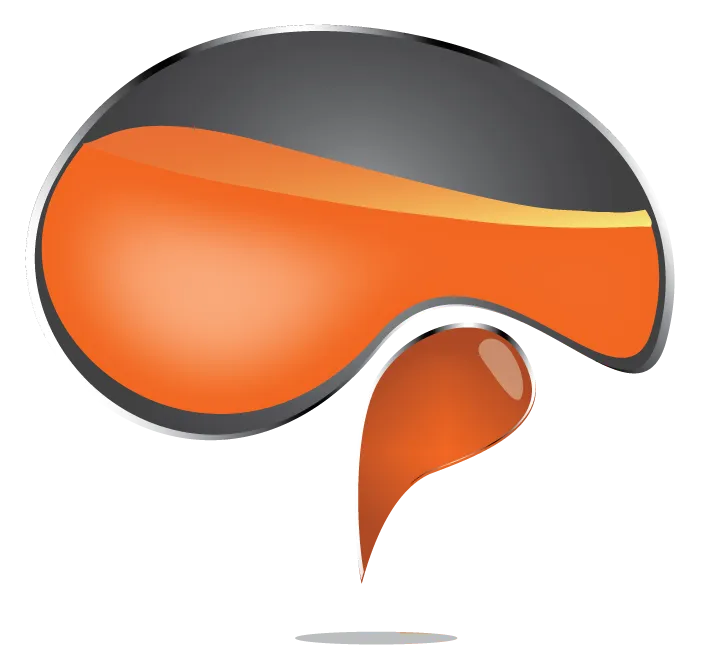- Arc Flash & Electrical Power Training by Jim Phillips
- 800.874.8883
- +1 480.275.7451
Over 20 years ago, in 2002, the original IEEE 1584 standard was released and changed the game for arc flash safety around the world. Since then, the IEEE 1584 family has expanded and evolved. If you Google “IEEE 1584” today, you’ll discover five different standards associated with that number.
So, which one should you use? Why are there multiple versions? Let’s walk through the timeline and purpose of each IEEE 1584 and 1584.1 edition — and help you make sense of what’s changed over the past two decades.
2002: The Beginning – IEEE 1584
The story begins with the publication of IEEE 1584™, Guide for Performing Arc-Flash Hazard Calculations. For the first time, the industry had a standard based on real-world testing — over 300 arc flash tests, to be exact.
This first edition gave engineers the tools to calculate:
These calculations formed the foundation for selecting proper arc-rated PPE and creating equipment labels to help protect workers from electrical hazards.
2013: Enter IEEE 1584.1 — Defining the Process
As arc flash studies became more common in industry, inconsistency became an issue. Different facilities, engineers, and consultants often had very different interpretations of what a study should include.
To address this, IEEE published a companion standard: IEEE 1584.1™, Guide for the Specification of Scope and Deliverable Requirements for an Arc-Flash Hazard Calculation Study.
Commonly referred to as “Dot One,” this standard doesn’t define how to do the math — it explains what needs to be done and delivered. It’s especially useful when multiple parties are involved in a project (such as consultants, contractors, and facility owners), offering a shared roadmap to clarify roles, responsibilities, and deliverables.
2018: A Major Upgrade – IEEE 1584 Second Edition
After the initial success of the 2002 standard, work began on an ambitious update. The result? The 2018 edition of IEEE 1584, developed using data from more than 2,000 arc flash tests.
This updated model introduced:
This edition completely replaced the original 2002 standard and represents the most up-to-date and widely used methodology today.
2022: Bringing IEEE 1584.1 Up to Speed
Following the major 2018 update to IEEE 1584, it was time to update its companion. In 2022, the second edition of IEEE 1584.1 was released to align with the improved equations and methods introduced in the 2018 standard.
This updated version ensures that study specifications and deliverables reflect the current best practices and technical advancements in arc flash hazard analysis.
2025: The Latest Addition – IEEE 1584.2
Recently, the latest addition to the IEEE 1584 family of standards was published. It has the long title: IEEE Guide and Checklists for the Data Collection for Performing an Arc-Flash Hazard Calculation Study in Accordance with IEEE Std. 1584™ and IEEE Std.1584.1™ for Systems Operating at Three-Phase 50/60 Hz Alternating Current (AC) 1000 V and below
This standard provides guidance and checklists for the collection of required data for performing an arc-flash hazard calculation study in accordance with the process defined in IEEE 1584-2018 and IEEE 1584.1-2022 for systems operating at three-phase 50/60 Hz alternating current (AC) 1000 V and below.
So… Which Version Should You Use?
You might notice that standards like Norma NFPA 70E reference IEEE 1584 but don’t specify which edition. In cases like this, NFPA 70E offers guidance: unless a specific year is listed, you should use the most recent edition available.
That means the 2018 edition of IEEE 1584, the 2022 edition of IEEE 1584.1 and the newly published 2025 edition of IEEE 1584.2 are the versions you should be referencing today.
Wrapping It Up: The “How” and the “What”
When it comes to performing arc flash studies, both IEEE 1584 and IEEE 1584.1 play a critical role:
Together, they help ensure that arc flash hazard analyses are accurate, consistent, and aligned with industry best practices — keeping workers safe and facilities compliant.
Need help navigating these standards for your next arc flash study? Whether you’re an engineer, safety manager, or facility owner, understanding the evolution of IEEE 1584 ensures you’re using the right tools for the job.
| Galleta | Duración | Descripción |
|---|---|---|
| cookielawinfo-checbox-analytics | 11 meses | Esta cookie está configurada por el complemento GDPR Cookie Consent. La cookie se utiliza para almacenar el consentimiento del usuario para las cookies en la categoría "Analíticas". |
| casilla de verificación funcional de cookielawinfo | 11 meses | La cookie está configurada por el consentimiento de cookies de GDPR para registrar el consentimiento del usuario para las cookies en la categoría "Funcional". |
| cookielawinfo-checkbox-otros | 11 meses | Esta cookie está configurada por el complemento GDPR Cookie Consent. La cookie se utiliza para almacenar el consentimiento del usuario para las cookies en la categoría "Otros". |
| casilla de verificación necesaria para cookielawinfo | 11 meses | Esta cookie está configurada por el complemento GDPR Cookie Consent. Las cookies se utilizan para almacenar el consentimiento del usuario para las cookies en la categoría "Necesarias". |
| casilla de verificación de rendimiento de cookielawinfo | 11 meses | Esta cookie está configurada por el complemento GDPR Cookie Consent. La cookie se utiliza para almacenar el consentimiento del usuario para las cookies en la categoría "Rendimiento". |
| política de cookies vista | 11 meses | La cookie está configurada por el complemento GDPR Cookie Consent y se utiliza para almacenar si el usuario ha dado su consentimiento o no para el uso de cookies. No almacena ningún dato personal. |
